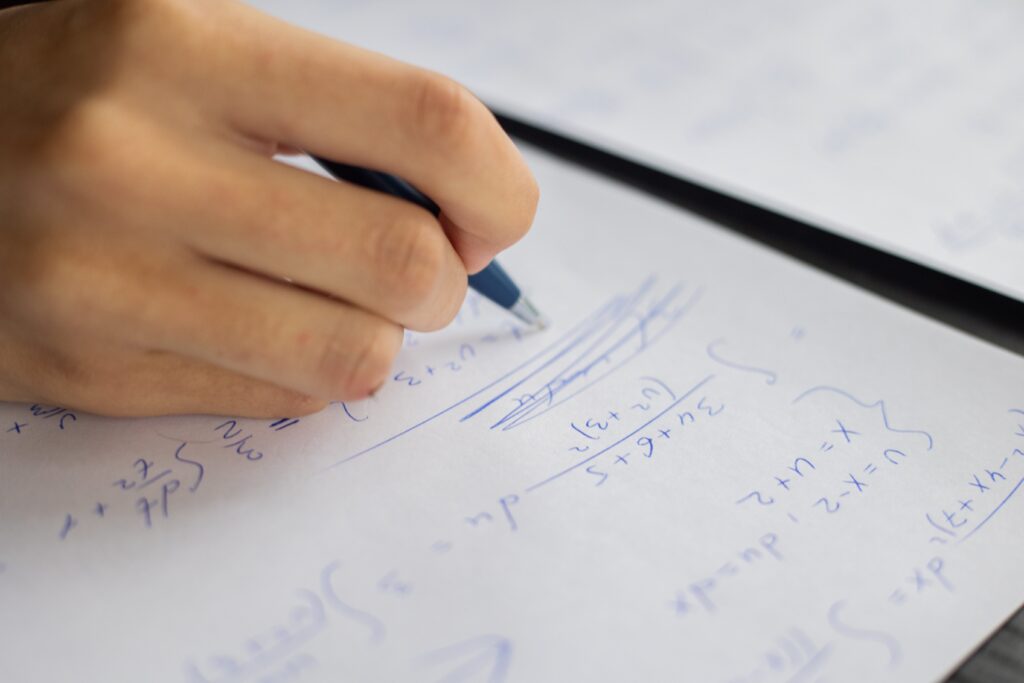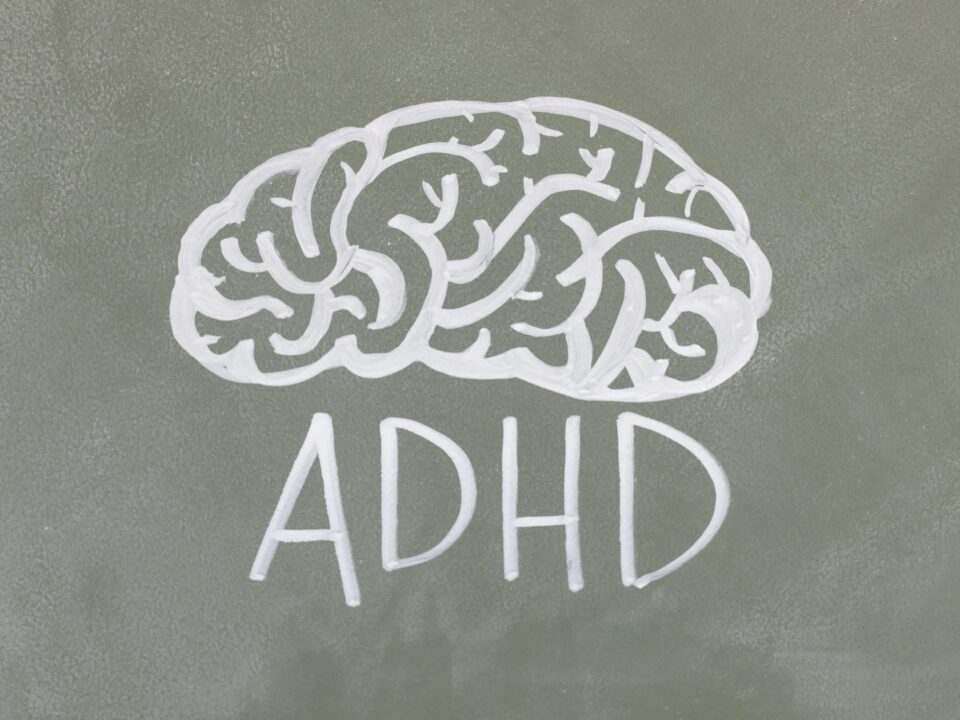Maths Anxiety vs Dyscalculia: What’s the Difference?

Featured Image by JESHOOTS.com, Pexels
This article will explore the definition of maths anxiety and will address the differences between it and dyscalculia. Understanding the nature of this problem, its causes, symptoms, and its impact on learning will provide valuable insights into tackling this common issue.
What is maths anxiety?
Maths anxiety can be defined by negative feelings and physical symptoms such as sweating, increased heart rate, panic attacks and hyperventilation. It is common in both adults and children, and it may affect their performance in different situations and contexts. The University of Cambridge said that “Many children and adults experience feelings of anxiety, apprehension, tension or discomfort when confronted by a maths problem”. Even though the recognition of this condition has been researched noticeably in the last few years, there is still much more to be discovered. Therefore, it is important to understand that many people experience maths anxiety during their lives.
The stress associated with this condition may play a significant role in academic achievement too, affecting individuals’ motivation to practise and progress. Because maths anxiety is not restricted to tests or classroom settings, it may be generalised to various daily tasks or routines. This can also prevent adults from applying for specific jobs, courses or activities involving maths. One solution for this could be the use of certain tools such as the National Numeracy Challenge provided by National Numeracy which aims to help people improve their confidence with numbers and calculations.
What are the key differences between maths anxiety and dyscalculia?
Some people think that maths anxiety and dyscalculia may be classified as the same condition. However, this is not entirely true. These are two related conditions which affect the learning process of individuals, but their diagnoses and symptoms are distinct. Having maths anxiety implies feelings of fear, nervousness and discomfort when dealing with mathematical tasks, while dyscalculia is a learning condition. According to the British Dyslexia Association, “Dyscalculia is a specific and persistent difficulty in understanding numbers which can lead to a diverse range of difficulties with mathematics”. It is also known that dyscalculia may be linked to the way the brain understands mathematical operations.
People experiencing dyscalculia may also experience feelings of anxiety related to mathematical reasoning and problem-solving. Thus, both maths anxiety and dyscalculia affect the way people learn, perform, and succeed, affecting their overall well-being too. For example, one student may experience maths anxiety which limits their ability to do well in maths assignments or maths classes. Another student experiencing dyscalculia may have difficulties in understanding maths homework or passing a maths exam. Furthermore, creating a positive learning environment for individuals and motivating them to actively participate in their learning can foster confidence and alleviate anxiety.
Nature of the challenge

Image by Jeswin Thomas, Pexels
The nature of the challenge may be perceived by some people as being unique because there are no other anxiety conditions for other areas such as reading or writing. The Centre for Neuroscience in Education mentions on its website that maths anxiety has been defined as “a feeling of tension and anxiety that interferes with the manipulation of numbers and the solving of mathematical problems in … ordinary life and academic situations”. The severity of this condition may alter between mild tension and strong fear related to mathematical information.
Underlying cause
The underlying causes of maths anxiety are mixed and complex, but they usually involve being scared of others’ opinions and judgements on how fast you can answer a problem, negative past experiences such as school humiliation for getting a wrong answer, and cultural biases including media representation for specific cultural backgrounds and genders. As previously mentioned, dyscalculia may also be a cause for maths anxiety. Having difficulty in understanding numbers may also include having difficulty in counting backwards, remembering simple equations, understanding mathematical symbols, and understanding information on charts and graphs.
Symptoms
People experiencing maths anxiety may have the following symptoms: stress, panic attacks, inability to concentrate, a rapid heartbeat, sweating, nausea, tense muscles, lack of motivation, difficulty remembering easy answers, light-headedness and so on. These symptoms and negative emotions may be experienced even in basic maths-related tasks. It is important to keep in mind that maths anxiety affects individuals’ emotional, cognitive, and physiological performances. Hence, this is why it is crucial to get the right treatment or management as soon as possible and improve a person’s self-esteem and confidence.
Impact on learning

Image by Monstera Production, Pexels
Without the right treatment, maths anxiety may have a negative impact not only on feelings of low self-esteem but also on learning journeys. People dealing with maths anxiety can have poor academic performance and poor work outcomes which may lead to negative reviews and lower grades. Researchers claimed that the right way to deal with individuals who have maths anxiety should be to find ways to support their learning needs, rather than decreasing their anxiety.
In conclusion, maths anxiety is a prevalent issue that affects both children and adults. By differentiating it from dyscalculia, we can better understand the specific challenges individuals face. Recognising the nature of this problem, its causes, symptoms, and impact on learning allows us to address it effectively. With the right support and strategies, we can help people overcome maths anxiety and foster a positive learning environment for all.




